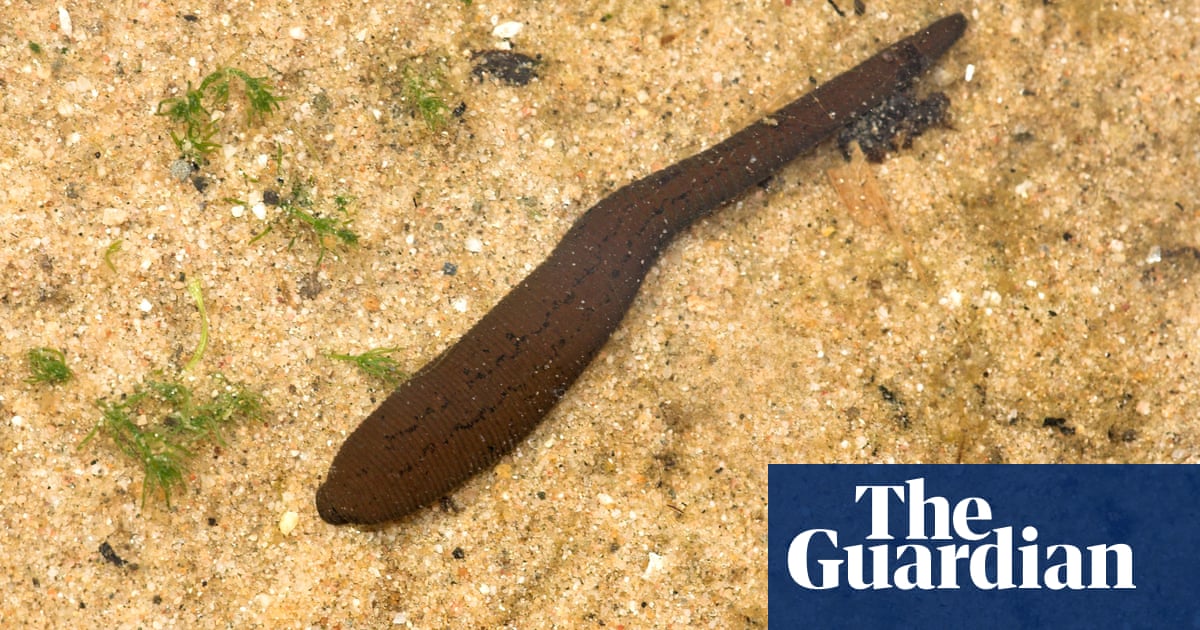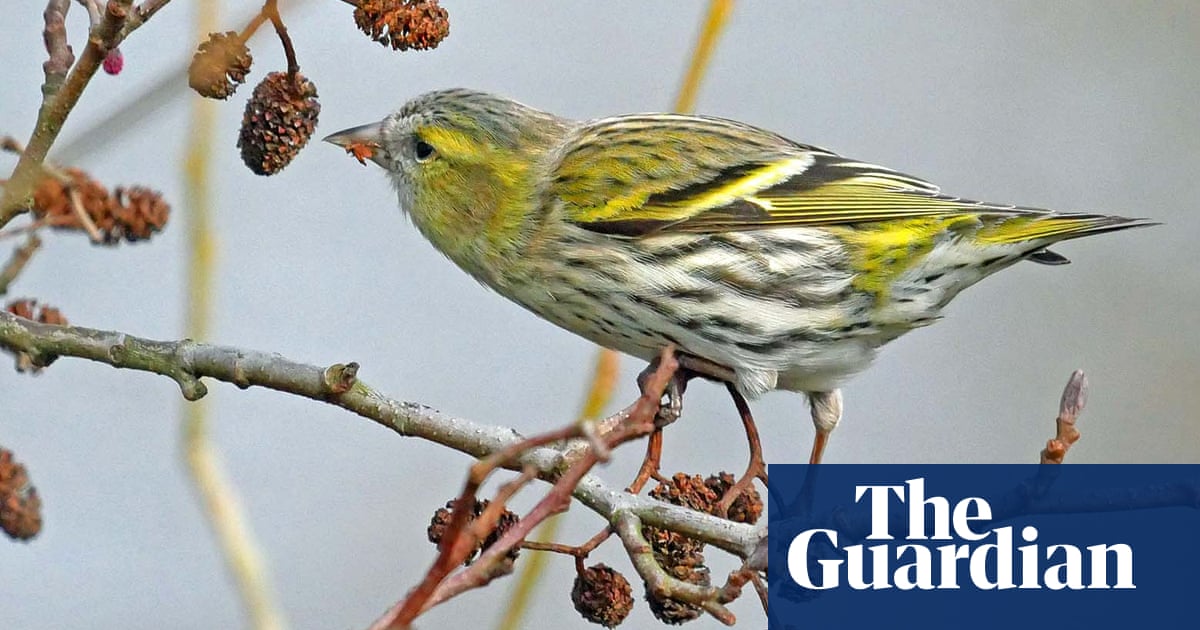
lmost 70, on my knees, and staring at life below the surface of our garden pond – it’s a childhood pleasure that you never really outgrow. Perhaps, too, a subconscious urge to eavesdrop on the lives of ancestral life forms from our evolutionary past, still thriving in an environment that we left behind aeons ago.
I wish I could be pond-watching with our grandchildren, but this year Covid precautions put paid to that. Sharing discoveries with them digitally is the only option, so now I need some photographs.
Mosquito larvae, hanging from the surface film by their breathing tubes, wriggle away, down through a cloud of pinhead-sized water fleas. Below them, palmate newts, prowling like weightless astronauts, predators poised to pounce with a swish of their tail.
But the creature I’m looking for lurks at the very bottom: the water slater, an aquatic cousin of the woodlouse with an unglamorous job. Asellus aquaticus, also bearer of the unlovely name “water hoglouse”, is a recycler of dead plants and animals, and thrives in this oxygen-depleted ooze. The Victorians, who popularised aquarium-keeping, recommended water slaters – more tolerant of neglect than tadpoles – for children to keep and study.
The water is still bone-achingly cold when I plunge my arm in, but the net, full of decaying leaves, emerges teeming with my quarry, along with crimson bloodworms that will eventually develop into those dancing clouds of gnats that hover under trees on summer evenings.
Back indoors, the slaters scuttle across the bottom of the aquarium, dazzled by bright light. Some larger males carry a female under them, ready to mate as soon as she moults her exoskeleton. Within a couple of weeks, these little recyclers from the abyss will carry brood pouches swollen with eggs, then young. With their long antennae, seven pairs of legs and overlapping armoured plates extending on either side of slender bodies, they could be the design inspiration for medieval siege engines.
I upload photographs and press “send”, then wait for questions that young minds will surely ask. There will be lots to talk about when we compare our catches.
Country Diary is on Twitter at @gdncountrydiary












